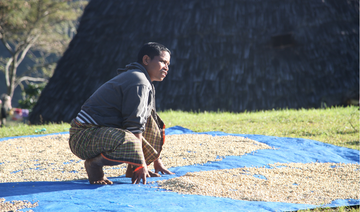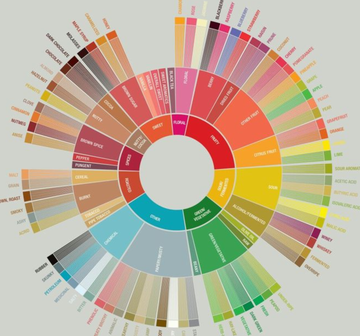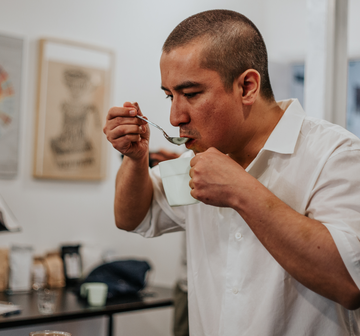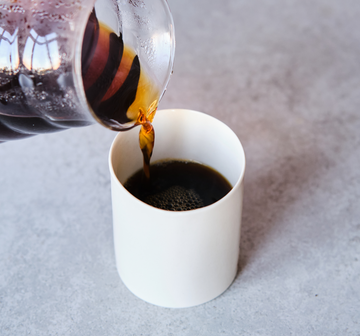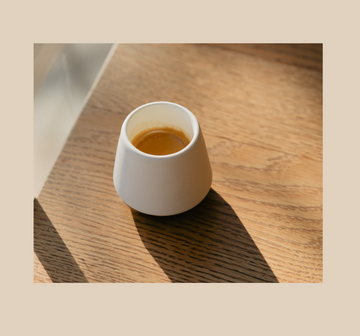he unique flavor profile of "Wet Hulled" coffee is immediately recognizable in the cup; great body, low acidity, little sweetness and in some cases a light tobacco profile. We list its main characteristics and the reason for its use.
This process is rare
The Wet Hulled process, or "giling basah" in the local Bahasa language, is only practiced in Indonesia. Most other coffee processing methods are more or less global: natural, washed, black honey, and natural pulp coffees can be found in almost every coffee-producing region.
The name can be confusing
The "Wet Hulled" process can easily be confused with "Washed", which is the most common coffee processing method in the world. But the two processes produce very different results: the former emphasizes body and mutes acidity, while the wet process brings out clean acidity and sweetness.

Wet Hulled vs. Washed
Created out of necessity due to regional circumstances
The process seems to be unnecessarily complicated, unless you are trying to extract the green bean in a particularly humid and rainy area like Indonesia.
The fast drying rate of the Wet Hulled process is a must in the humid and rainy climate of this part of the planet. In these areas it is very difficult to carry out the uniform drying of coffee for long periods. In addition, and also due to the weather, coffee grows quickly and must be collected and processed frequently during the harvest. Therefore, in order to reduce risk and secure a profit, farmers and intermediaries sell their coffee as quickly as possible.
How does this process work and why does it dry faster?
In this method, before pulping, a first-density selection is carried out, where the cherries are placed in a tank, tub or bucket with water to separate the light or floating cherries from the heavy ones.
After the first selection, comes the pulping process. The outer shell and pulp of the coffee cherries will be extracted, using a locally built mechanical pulping machine called a "luwak". Immediately after pulping, overnight fermentation is necessary to break down the thick mucilage structure attached to the parchment. The next morning, the coffee is washed and there will be a second selection, again by density, to remove unwanted remains.
Now the coffee is ready to be delivered to the respective mill, and the first drying begins immediately. The coffee will be about 45-50% moisture content at this point, and will be dried on patios or African beds to 25-30% moisture content.

Indonesian pulpers are larger and more powerful than normal ones, as they need to generate more power and friction to remove the parchment from the still-wet green bean. After this operation, the green bean will emerge swollen and with a whitish/blue color. Because the grain has not yet fully dried, the friction required at this stage can damage the grain, which is still moist and flexible.
For the second time, the bare green bean will be dried again, until it reaches 12% moisture. Without the protective parchment layer, the coffee dries quickly, but is exposed to greater temperature variation, as well as environmental yeasts and bacteria.

The final stage of the process is qualification. This stage includes gravity sorting, size sorting, and manual sorting.
In a month after its collection, the coffee is ready for sale or export. As a reference and for us to appreciate the difference, it takes a coffee farmer 2 to 3 months to dry, bag, rest, shell, and finally sell and export a washed coffee.
The coffee is sun-dried on clean patios weather permitting, or on beds sheltered from the rain to prevent damage and defects. Flavors are rich and earthy rather than musty, with sweetness and tartness you won't find in lower-quality batches.
Indonesian coffees made with careful attention, solve the problems that can arise with this processing.
The intense flavor of Wet Hulled coffee is not for everyone, but as a single origin it provides a unique experience for the adventurous coffee drinker!

